Lamy 2000, Jinhao 80 – can you even compare the two?
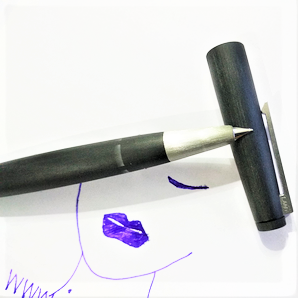
The Lamy 2000 is much more than a writing instrument to me. It had appeared first in 1966, the year I was born. Made of what was then dubbed the “space age polymer” Makrolon, it had represented a huge step forward in the world of fountain pen craftsmanship. (That the material was later used to make the Lego bricks had also added to its enigma.)
However, the fact that the Lamy 2K embodies the Bauhaus philosophy – whose most basic tenet was “form follows function” – is what makes it so dear to me, purely from the aesthetic point of view. It is said that the Lamy 2000, along with the Atlanta green Coca Cola glass bottle and the Porsche 911 are the most iconic design statements that have defied tinkering for the longest time. I have heard people eulogize about the 2K winning honour as an exhibit in the Metropolitan Museum of Modern Art (MOMA) in New York, though I have not been fortunate enough to have seen it myself. The Lamy 2000, is thus not just a fountain pen that I love, it is so steeped in history, its legacy status is so huge, that to me it is the John Lennon and Jimmy Hendrix rolled into one. An icon from Elysium.
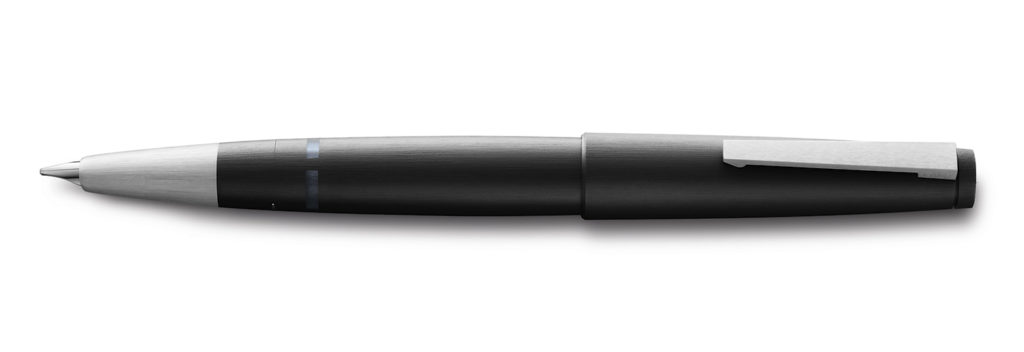
But, even if I were to overlook all these facts, it would still love the Lamy 2000 for its sheer functionality; its you-take-my-breath-away looks, the obvious design and engineering excellence it embodies; the pleasure it gives me writing. If, the subtle etching of the Lamy name on the side of the clip borders on the obnoxious as an understatement, then the “Germany” etched on the back of the clip, which is visible only to the one making an effort to see it, is akin to dismissal with the mere wave of a hand. The hooded nib; the ink window that performs its function admirably without being garish; the bottom section that acts as an extension of the piston filler but is virtually impossible to discern with the naked eye, such is the craftsmanship of the pen. My first Lamy 2000 is decades old now and gives me the same pleasure writing as it had given me on day one. It was love at first sight, a love that has defied time. What else can I say?
Naturally when the world compares that Jinhao 80 with my love, the Lamy 2000 I am not consumed by blind rage, on the contrary I feel sorry. Sorry for several reasons. Number one, because you cannot compare the Kohinoor with a faux diamond simulant, cut, carat, colour notwithstanding. Number two, actually, if you take a closer look, the two pens are very different – as different as a cartridge / converter pen can ger from a piston filler. The styling of the nibs too is different. As for the material, they are as wide apart as chalk from the cheese.
Apologists for cheap Chinese pens – call them replicas, downright copies, tribute pens, or inspired ones – say that these pens perform an important function by bringing “classics” which are otherwise priced out of reach of ordinary aficionados. That they are actually helping expand the fledgling fountain pen market. But am I convinced? Are they even remotely near anywhere near the classics? What, when the cheap quality of these pens (to be fair, you cannot expect them to maintain the same impeccable quality standards that the originals adhere to) blow on the face of the buyers? Don’t they turn such fountain pen users (often newbies and novices) away from fountain pens?
The Lamy flagship was designed by Gerd Alfred Müller and the special polycarbonate resin (Makrolon) was produced by Bayer. Needless to say, both had cost huge sums to be adapted for commercial production. Now, if cheap copies are made with total disregard to intellectual property rights, the revenue loss alone will certainly dissuade brands and companies from investing in research and development. In the long term such situations are detrimental to the growth and flourishing of the industry, in which case, it is the consumers and aficionados like you and me who will ineveriably suffer. On the other extreme, if companies and brands investing in technology seek to recover costs in the shorter period, as they try to factor in the loss arising from the Chinese flooding the market with cheap copies (remember, the Jinhao 80 follows the earlier Kako pen, another so-called copy of the Lamy 2K), again it is the discerning consumer who will suffer.
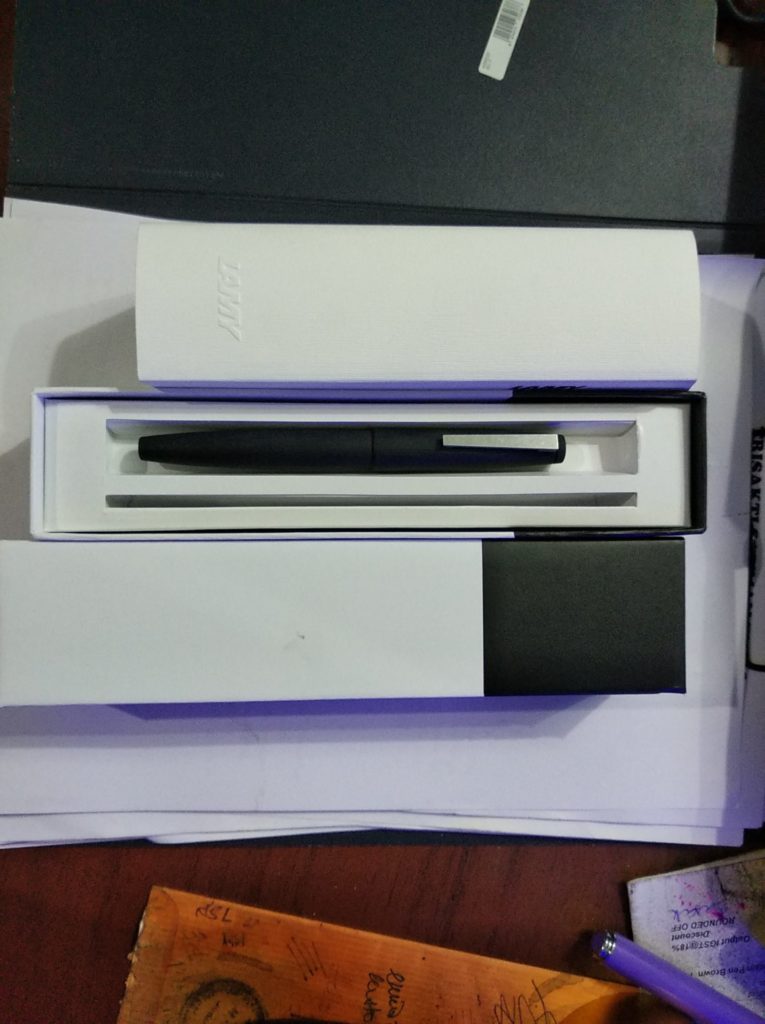
One argument that is often put forward by the apologists question why the originals cannot be made available at cheaper price points to steal the thunder of the poseurs? I guess I will not get into that argument, as the answer is too complex and the question itself is a moot one.
A final word about the Jinhao 80. For its price it is a fairly decent pen. It writes well, and is buy worthy, if one stops comparing it to the icon.
My fountain pen collecting journey had begun in the footpaths of Sukumvit in Thailand many years back when I had bought my first replica Montblanc pens which had got me thinking – if the Chinese can make such good quality pens, why aren’t they branding them as their own instead of trying to pass them as what they are not? Well, I am still flummoxed.
For more information watch the video:
Jinhao 80, Lamy 2000 – can you even compare the two? – YouTube

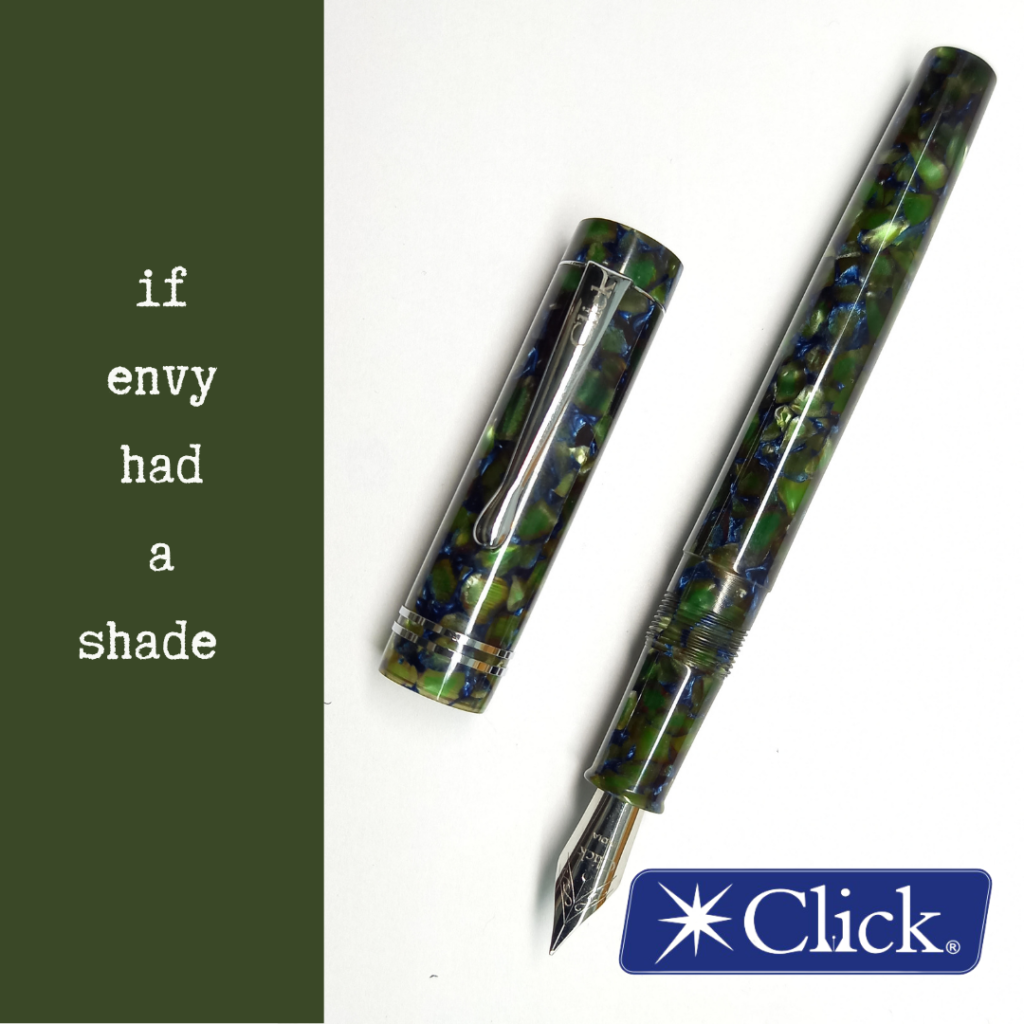
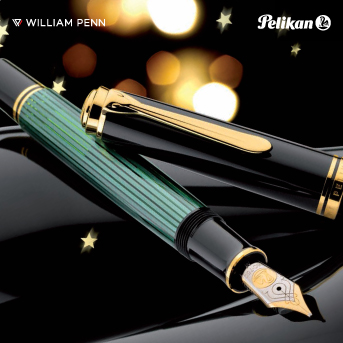
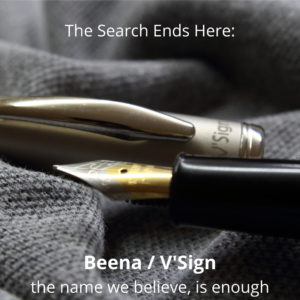

2 Responses
I have both the Lamy 2000 and Jinhao 80 and I just want to mention the Jinhao is a tribute to a discontinued Lamy 80 (which is a Lamy 2000 that takes the standard Lamy nibs).
Anyway, the Jinhao 80 serves a niche for people who like the Lamy 2000 form factor and looks but are not willing to get a 200$ pen or want to be able to switch the nibs easily as the Jinhao 80 nib can be replaced with a Lamy steel nib or those who prefer a cartridge/converter filling system (such as me because they’re easier to clean). They can also be for people considering a Lamy 2000 but can’t try it out in person so they’ll get a Jinhao 80 to test their comfort with the form factor.
As much as I love the Lamy 2000, you can’t really knock on the Jinhao 80 because the Lamy 2000’s patent have long since expired, lol. It’s time for other companies to innovate on the Lamy 2000 such as the Majohn using titanium (I think) or Jinhao 80 making them available in a lot of different color ways (for example, look at that ivory/gold Jinhao 80, I don’t think Lamy will ever do that) 🙂
Ich habe einen JINHAO-80 in schwarz/silber gekauft und weil mir die F-Feder zu dünn war, habe ich bei ALIEXPRESS in China gleich einen Nachbau der LAMY-Titenfeder der Fa. NAGINATA mitbestellt und zwar für meine Unterschriften und Buch-Signierungen eine flexible KALIGRAFIE-Feder.
Gekostet hat mich der Spass:
1. für den JINHAO-80 4,01 Euro
2. für die tahl-Kaligrafie-Austauschfeder 1,66 Euro
insgesamt also 5,67 Euro bei 0 Euro Versandkosten von China nach Deutschland!
Ich bin aber Schreib-Geräte-Sammler und habe eben auch richtig weltvolle Füllhalter, wie z.B. einen PELIKAN 100N (Bj. 1949 mit silberem Band und einer 14Kt 585 Goldfeder) und einige andere teure Sammlerstücke. Warum habe ich aber einen JINHAO-80 gekauft und den sogar modifiziert? Der Grund ist: wenn ich auf meinen Lesungen und Buchvorstellungen diesen Signerstift verliere oder er gestohlen wird, dann ist das ein minimaler Verlust und der Stift ist leicht ersetzbar. Insofern “beschütze” ich menen schönen Sammler-Stifte vor solchen Situationen.
Heres the translation:
I bought a JINHAO-80 in black/silver and because the F nib was too thin for me, I immediately ordered a replica of the LAMY nib from NAGINATA from ALIEXPRESS in China, one for my signatures and book signings flexible CALIFORNIA nib.
The fun cost me:
1. for the JINHAO-80 4.01 euros
2. for the tahl calligraphy replacement nib 1.66 euros
a total of 5.67 euros with 0 euros shipping costs from China to Germany!
But I’m a writing instrument collector and I also have really worldly fountain pens, such as a PELIKAN 100N (built in 1949 with a silver band and a 14K 585 gold nib) and some other expensive collector’s items. But why did I buy a JINHAO-80 and even modify it? The reason is: if I lose this marker pen at my readings and book launches or it is stolen, then the loss is minimal and the pen is easily replaceable. In this respect, I “protect” my beautiful collector’s pens from such situations.